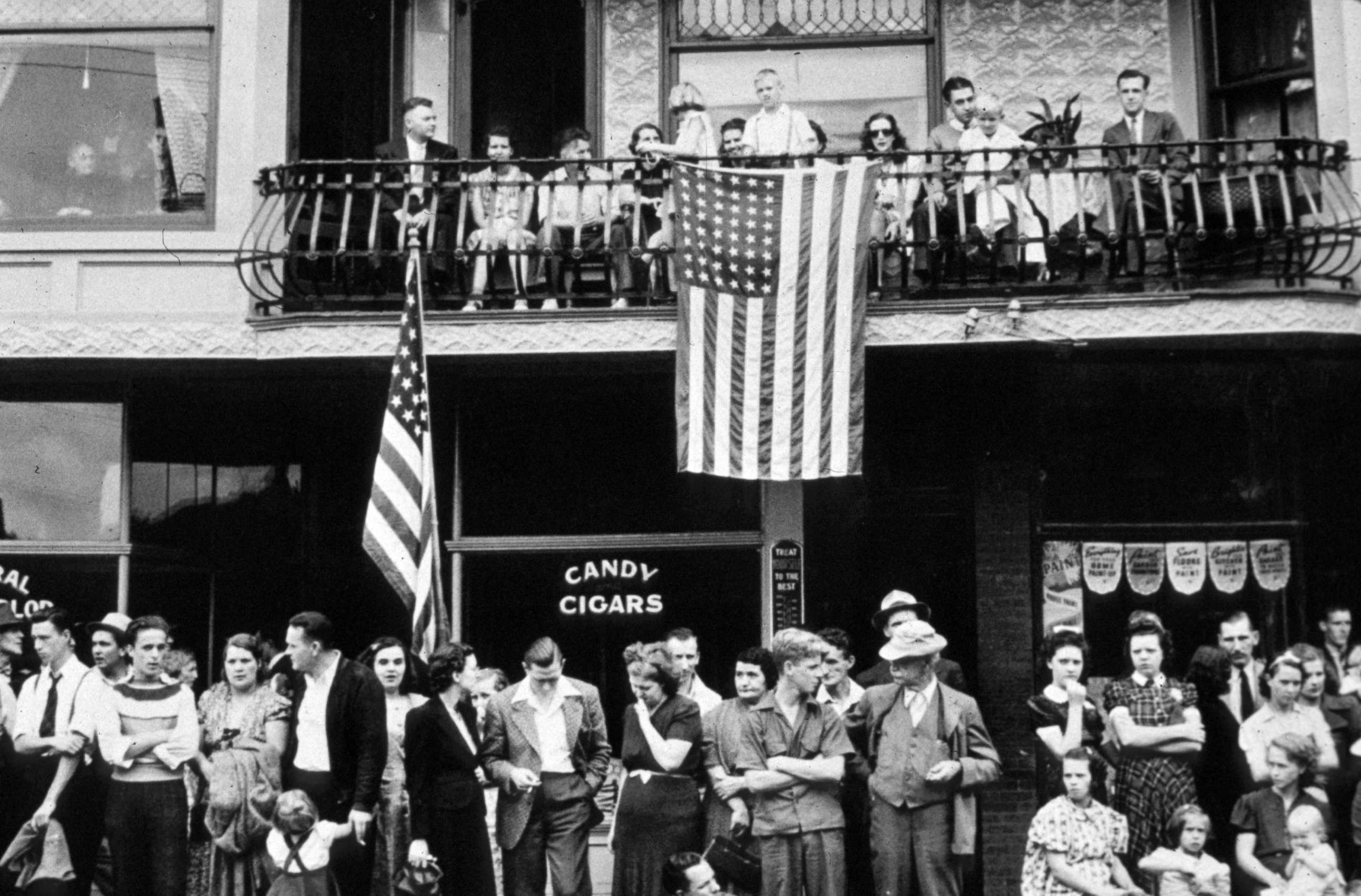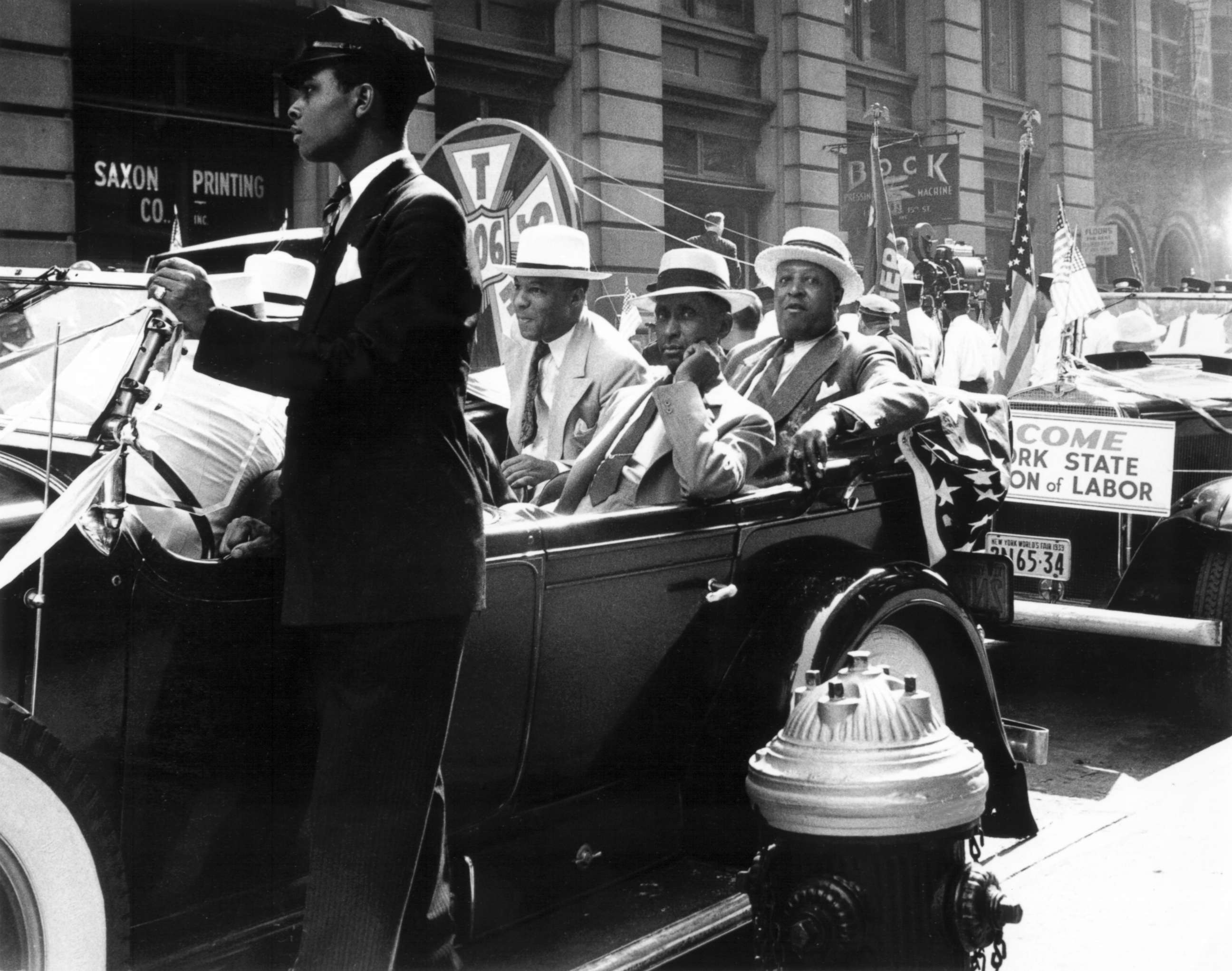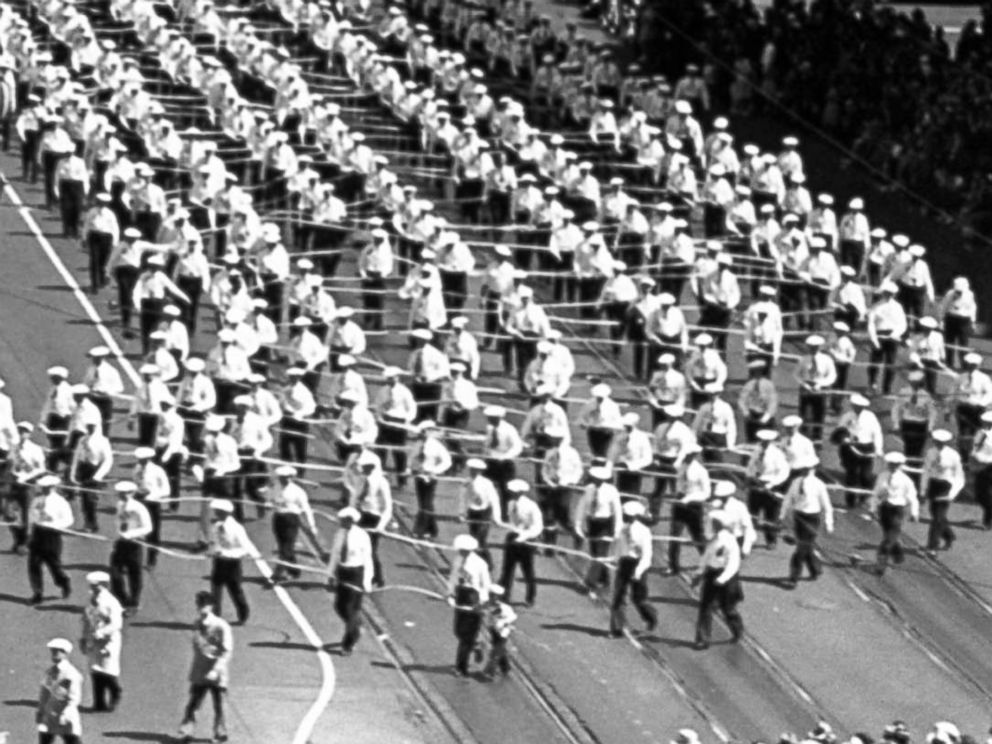What to know about the history of celebrating Labor Day
The holiday celebrates key changes that shaped how people live and work today.
To many Americans, Labor Day is the last day of a luxuriant three-day weekend that marks the culmination of summer and the start of fall. It's a day of backyard barbecues and nostalgia, end-of-season sales and quick getaways.
But there's a rich history behind the national holiday that's played a key role in how people live and work today.
Here are some facts about the history that led to Labor Day.

Why does the nation observe Labor Day?
During the late 19th century, many American workers had to endure grueling 12-hour workdays, often with low wages and unsafe working environments. Many children were also put to work. Trade and labor movements worked to institute reforms in working conditions and to stop the mass firing of workers, which sometimes led to violence.

When was the first Labor Day celebration?
Although there is some dispute over who founded the holiday, the first organized celebration is clear, according to the U.S. Department of Labor. The Central Labor Union of New York organized a march and picnic to celebrate a "workingmen's holiday" to display "the strength and esprit de corps of the trade and labor organizations."
On September 5, 1882, between 10,000 and 20,000 people marched down the streets of New York City, carrying flags, badges and musical instruments, according to the DOL. Even more people joined at the giant picnic that marked the end.
Although it was considered the first Labor Day celebration, it was not yet an official holiday. Many marchers actually went back to work right after the parade.

When did it become an official holiday?
Beginning in 1885, individual states began considering legislation recognizing Labor Day as a holiday, DOL said. By 1894, 31 states had made it law. On June 28, 1884, Congress made the first Monday in September a legal, national holiday known as Labor Day.

What about the tradition of not wearing white after Labor Day?
The unofficial rule on not wearing white after Labor Day remains a mystery in many ways. Some say white was a more summery color that reflects heat and was used in lightweight fabrics, according to Time magazine, that wouldn't be necessary in cooler fall weather. Others believe the rule was created by wealthy summer vacationers who wore white to convey their holiday moods and shed the color when it was time to return to their city lives.






